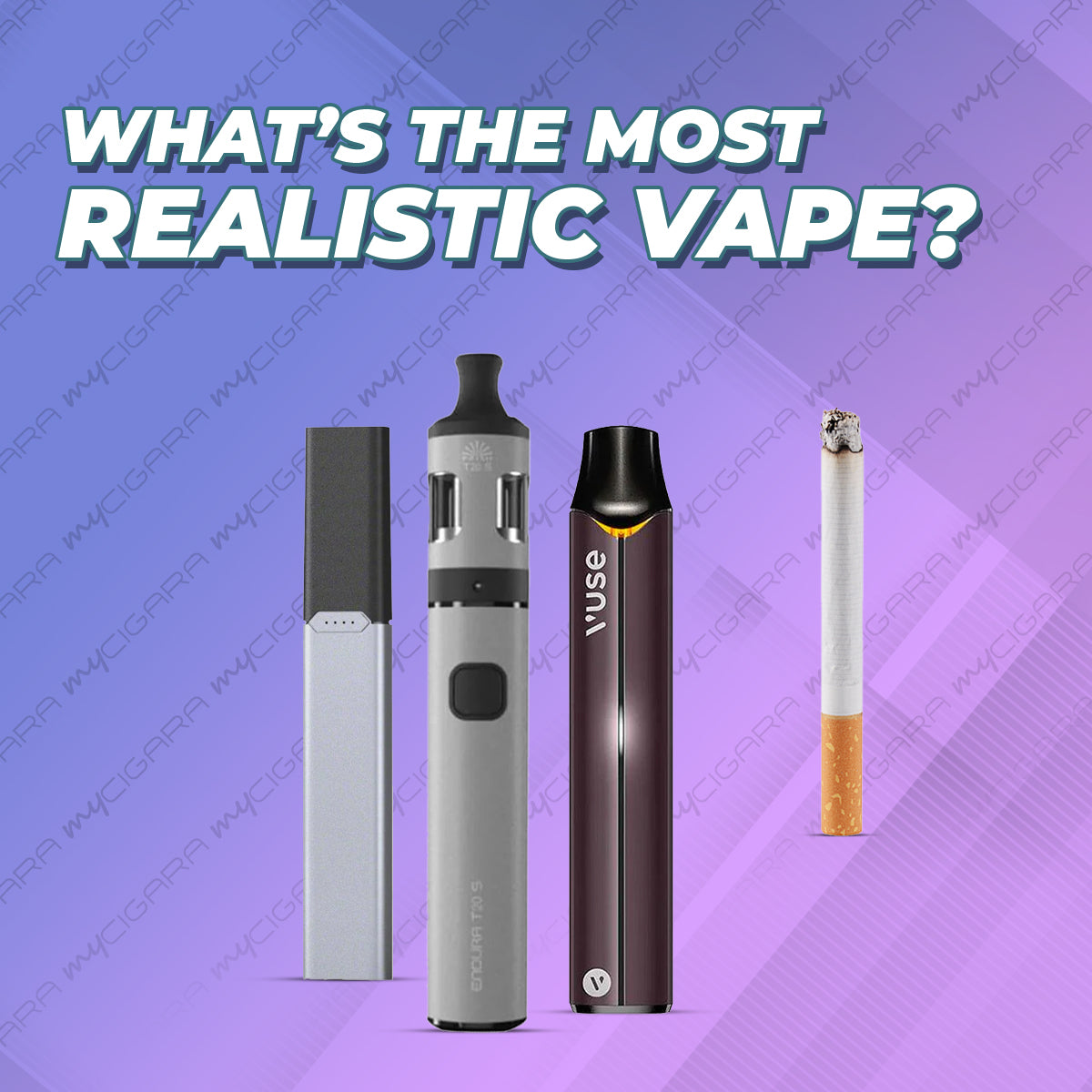Understanding E-Cigarettes That Mimic Traditional Cigarettes
Electronic cigarettes designed to closely resemble the appearance of conventional tobacco cigarettes are commonly known as “cig-a-likes.” This specific design category prioritizes a familiar form factor, often appealing to users seeking an alternative that visually and tactilely mirrors the smoking experience.
Key Design Characteristics
The resemblance to traditional cigarettes is achieved through several deliberate design features:

- Form Factor: They typically replicate the size, cylindrical shape, and light weight of a tobacco cigarette.
- Coloration: Many models feature a white body with a tan or brown section, mimicking the filter of a cigarette.
- LED Tip: An LED (Light Emitting Diode) at the end of the device often glows orange or red upon inhalation, simulating the burning ash of a lit cigarette.
- Disposable or Cartridge-Based: Cig-a-likes are often available as disposable, single-use units or as rechargeable battery components paired with pre-filled or refillable cartridges (cartomizers).
Operational Similarities and Differences
While the visual mimicry is strong, the operation is fundamentally different. Cig-a-likes function by heating an e-liquid (containing nicotine, flavorings, propylene glycol, and vegetable glycerin) to create an aerosol, or vapor, which is inhaled. This contrasts with traditional cigarettes that burn tobacco, producing smoke.
User Experience Focus:
- Draw Activation: Most cig-a-likes are draw-activated, meaning vapor production starts automatically when the user inhales, similar to puffing on a cigarette.
- Simplicity: They are generally designed for ease of use, often lacking buttons or complex settings, making them straightforward for new users.
Market Positioning and Considerations
The primary appeal of cig-a-likes lies in their familiarity for smokers considering a switch. The visual and handling similarity can reduce the perceived barrier to trying an alternative to combustible tobacco. However, their performance, particularly in terms of battery life and vapor production, may be more limited compared to larger, more advanced vaping devices. Despite their appearance, they are still electronic nicotine delivery systems (ENDS) and operate on the principle of vaporisation, not combustion.










